Uncover the Top 10 Amazon Power Seller Hacks for Success
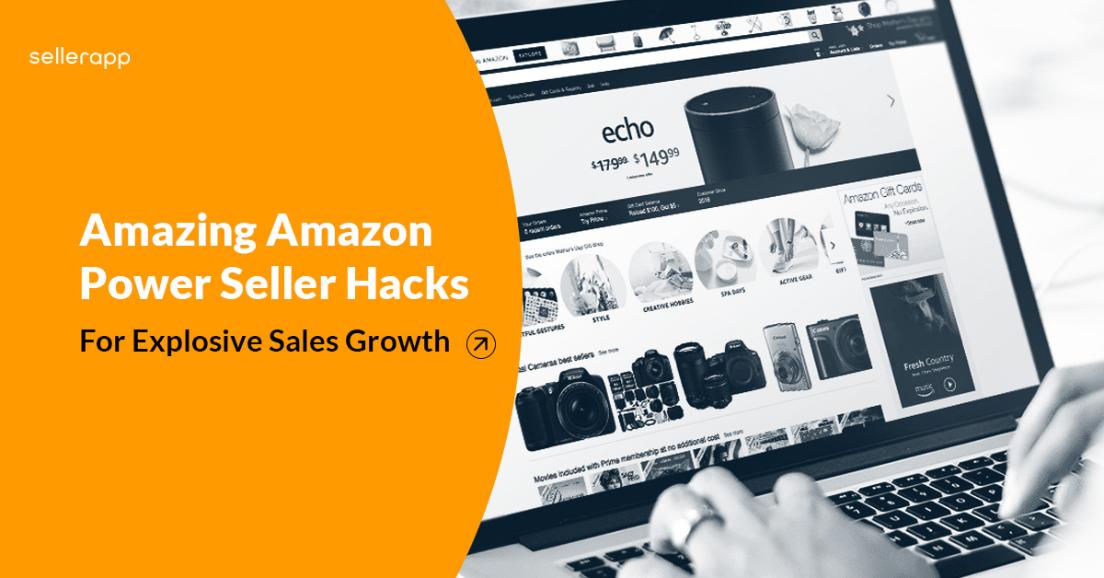
If the goal is to become a successful 8-figure seller on Amazon, you’re in the right spot. Let’s explore some powerful hacks that can elevate you from a 7-figure to an 8-figure seller.
On the ever-evolving platform of Amazon, staying ahead involves keeping up with the latest trends, utilizing industry-relevant tools, and consistently refining your skills.
At SellerApp, where we manage multiple accounts and engage with prominent brands daily, we’ve gained insights into what successful 8-figure Amazon sellers do to maintain their edge in the game.
Join us as we uncover the strategies that can propel you to the ranks of a thriving Amazon power seller.
Top 10 Amazon Power Seller Tips
Here’s a list of the top 10 tips to scale your growth on Amazon.
Tip #1 Have a clear vision
Tip #2 Narrow your niche
Tip #3 Develop a unique brand identity
Tip #4 Amazon Analytics
Tip #5 Outsource when needed
Tip #6 Calculate costs and profit margins
Tip #7 Multichannel selling
Tip #8 – Pay to Play
Tip #9 – Target Page 1 and First Few Positions
Tip #10 Learn Consistently
Tip #1 Have a clear vision
The first thing that helps a novice seller to scale 7-figures and 8-figures is having a clear vision for long-term growth. It’s not all about driving profits. Build a roadmap and focus on the key actions that you need to take to reach your goal. You will reap profits in the process.
Tip #2 Narrow your niche
It’s not a surprise that most sellers try to pick the products that have high demand, low competition. However, you also need to solve the pain point of a segment of the customers. Build your products in one-two niches and pick the best-selling ones to improve your profit margins. Separate the cash cows and stars in your products. Improve your products further by customizing them for your target audience, adding more variations, etc.
Tip #3 Develop a unique brand identity
Think about some of the biggest brands in the world. Coca-cola, Apple, Toyota, or Google. You associate them with attributes like quality, reliability, innovation, etc. Humans tend to relate products with emotions. So you need to build a brand that not only solves a customer’s pain point but relates to their emotions. And, that has the ultimate competitive advantage.
Creative content is one of the biggest ways to promote brand equity. When it comes to selling on Amazon, features such as A+ content and Amazon Stores are the norm to showcase your brand.
Branding is not just a memorable logo, but it makes customers know what to expect from your products or brand. However, creating a brand is not something that you achieve overnight. It takes months and years to build a brand. So if you did not think of it yet, start doing it now.
Recommended Guide: The Power of Branding on Amazon.
Tip #4 Amazon Analytics
All the points in this article are relevant only if you’ve got an eye for the right data. Amazon power sellers excel at understanding customer data, competitors’ data, and their own. You need to make the best use of the data you get from Seller Central. Track your sales, profit margins, top-performing keywords, competitors’ sales, and other significant metrics that determine your overall profitability. For effective management, try to put your system on autopilot by using a bunch of Amazon tools.
Tip #5 Outsource when needed
Speaking of automation, you need to know what kind of activities to automate and outsource. Outsourcing is often under-utilized by entrepreneurs, especially solopreneurs who are used to working all by themselves.
Often, expedited shipping, listing optimization, PPC management, and getting new customers using multiple sales channels are the growth avenues for your Amazon business. They demand special attention during your growth phase. However, you can outsource the activities that either consume a lot of time or are unlikely to be your strength. Outsourcing them will save you time and effort, and improve your business efficiency.
Recommended Read: Why You Should Outsource Your Amazon PPC Services.
Tip #6 Calculate costs and profit margins
The most effective way to increase your profits on Amazon is by understanding all the associated costs. If you are a private label seller, your production, shipping, and marketing expenses should make profits after-sales. On the other hand, if you are a retail arbitrage seller, your selling price should have the potential to accommodate all your Amazon storage, selling, and referral fees. You need to price strategically to stay profitable.
With the numbers changing frequently, predicting costs and profit margins on Amazon can get tricky. Evaluate which products are performing well by closely monitoring them over a period of time – say 1-3 months.
Calculate the long-term storage costs. If you are paying a huge amount, reprice your product to get rid of the unsold inventory.
Tip #7 Multichannel selling
Considering today’s e-commerce industry, retailers should have flexibility in how, where, and when they sell. This is because you want your visitors to become lifetime customers. If you are not selling where they exist, then it’s time to consider revamping your game, because today’s e-commerce industry is multichannel.
Keep in mind that not all online platforms are ideal for your business. You need to determine the ROI from these channels based on your time and money spent. Strategize a plan based on your product line and business model. For example, if you are selling private label products, you might want to focus on product visibility. On the other hand, if you are doing retail arbitrage, you need to consider your pricing strategies (on the marketplace you sell).
Often, you can use these channels as an extension of your Amazon/Shopify store or your website.
Tip #8 – Pay to Play
Amazon advertising has undergone some major changes in 2020. Now Amazon offers advertising solutions to cater to different parts of the sales funnel. For instance, you can use Amazon sponsored display ads to retarget your audience, and Sponsored brands to increase your customer reach.
To learn more about Amazon advertising types, check out this post.
As more sellers and brands are scaling using Amazon-sponsored ad campaigns, it has become really challenging to optimize them. Nonetheless, understanding end goals and breaking down the campaigns to align them with predefined targets is one of the major traits of Amazon power sellers.
Here’s what Eytan Wiener, a successful 8-figure seller and COO & co-founder of Quantum Networks had to say about preparing for this Amazon Q4 in our SellerSPEAK series.
Tip #9 – Target Page 1 and First Few Positions
Staying on top of Amazon’s search results is the key to generating more sales. So, target to rank on page 1 of organic search results.
How can you do that?
- Identify and break down your goals by researching about your product and the niche.
- Understand how your competitors work, identify the gaps in the market. Make yourself familiar with your customers’ pain points.
- Read your competitor’s product reviews to know why customers are happy or unhappy with their products. Capitalize on those attributes in your product and increase your sales.
Once you identify your competitors’ weaknesses and consumer pain points, Amazon SEO and Amazon sponsored ads are your gold mines.
Now, this answers our earlier question – how to rank on page 1 of the Amazon search results.
Tip: Use the long-tail keyword strategy to increase your conversion rate. In general, long-tail keywords have a high conversion rate as customers using these search terms have high buying intent. SellerApp’s keyword research can help you with that. You will be able to identify top-converting keywords based on your match type. Target these keywords in your listings and PPC campaigns to boost your product ranking.
Tip #10 Learn Consistently
You need to hone your skills consistently if you want to be an 8-figure e-commerce seller. Learning is essential to make your mark wherever you go. Also,
- Participate actively in Amazon seller forums.
- Attend conferences held for Amazon sellers.
- Share your thoughts and ideas with similar minds and get views from experts.
- Stay updated with Amazon PPC trends and sponsored ads. Improve your marketing strategies off Amazon.
So, we hope these hacks are beneficial to transform you into a power seller on Amazon and scale your Amazon business faster than ever before. If you need any help regarding your Amazon business, drop us an email at support@sellerapp.com. We’ll be happy to help you!
Additional Read :
10 Best Amazon Marketing Strategies Proven to Boost Sales
Grow Your Business with Amazon PPC Automation
Online arbitrage vs retail arbitrage


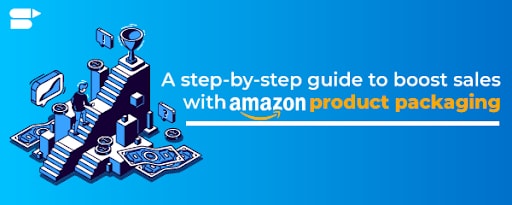
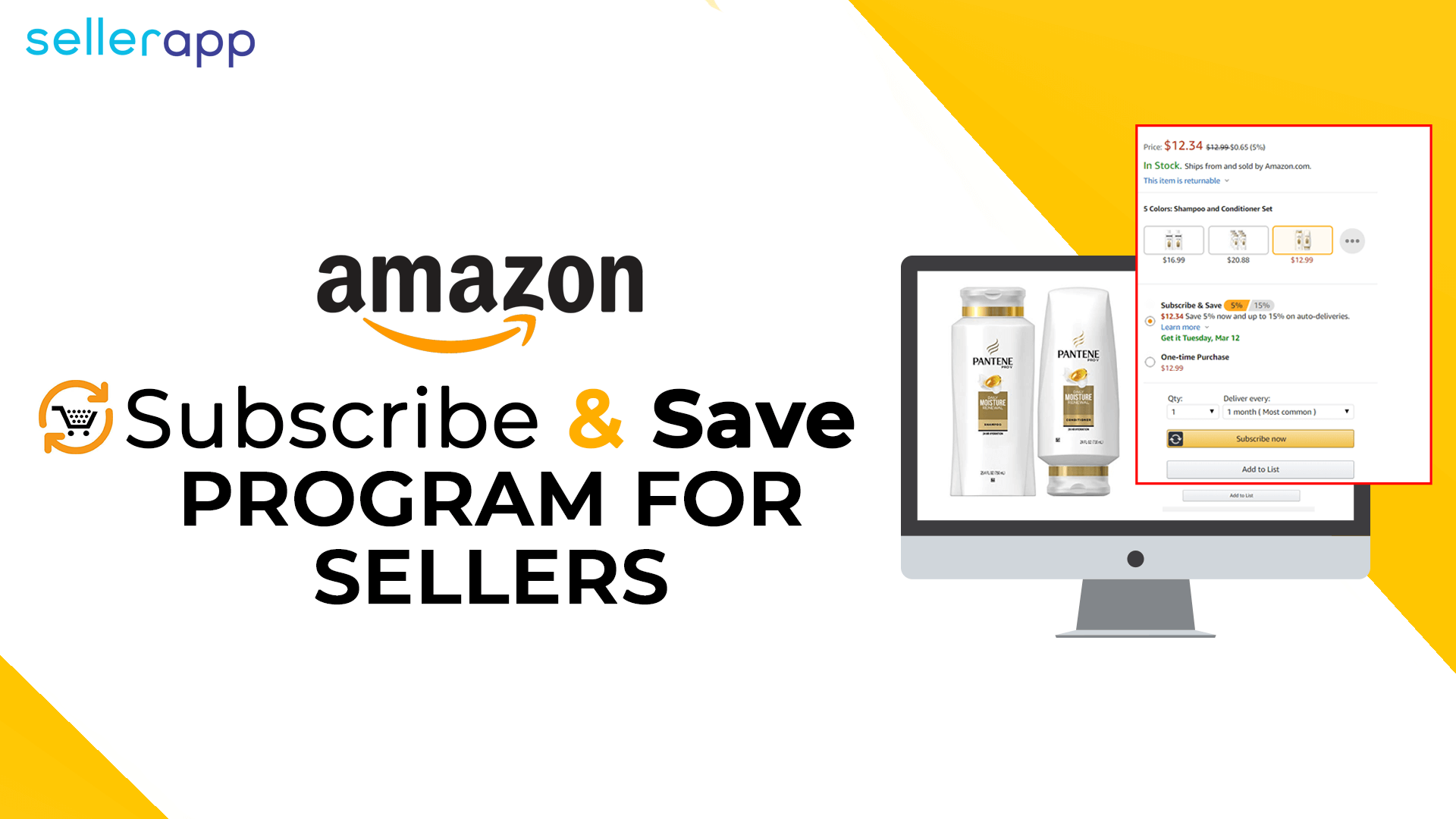


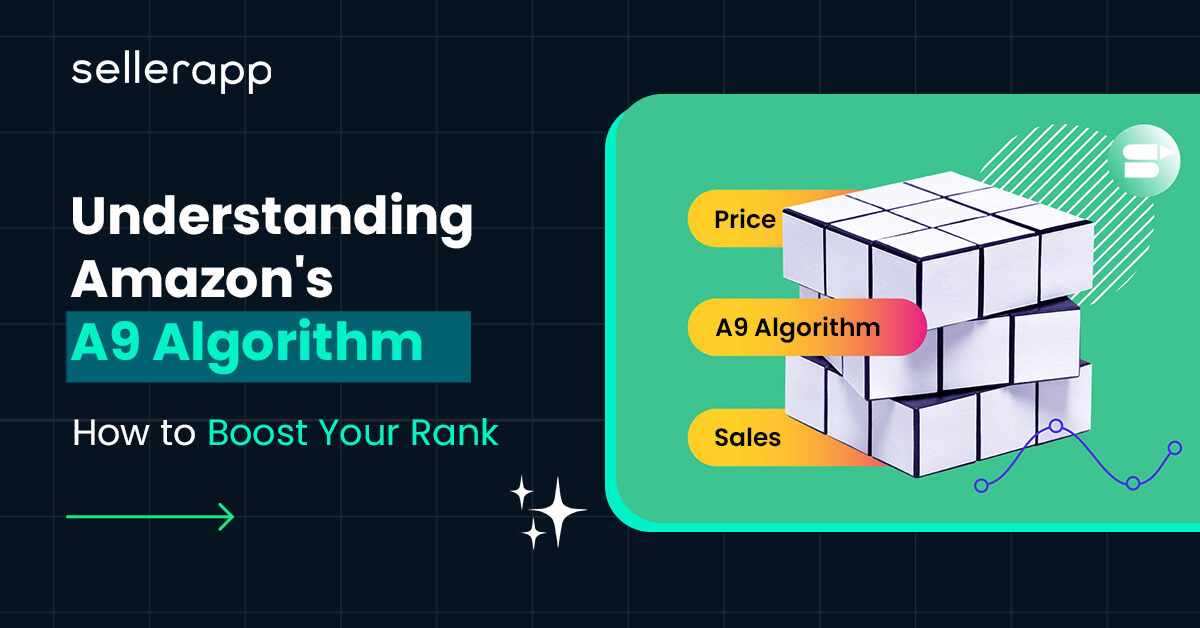
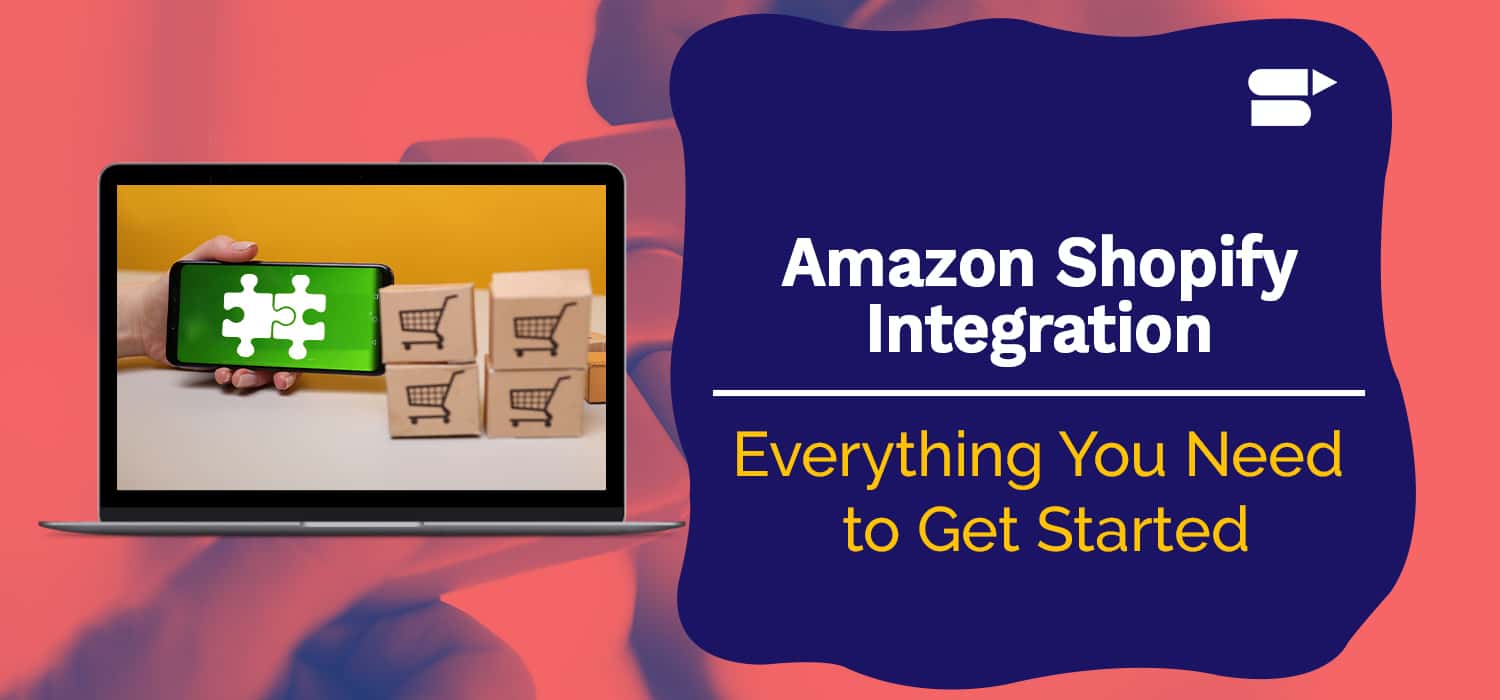
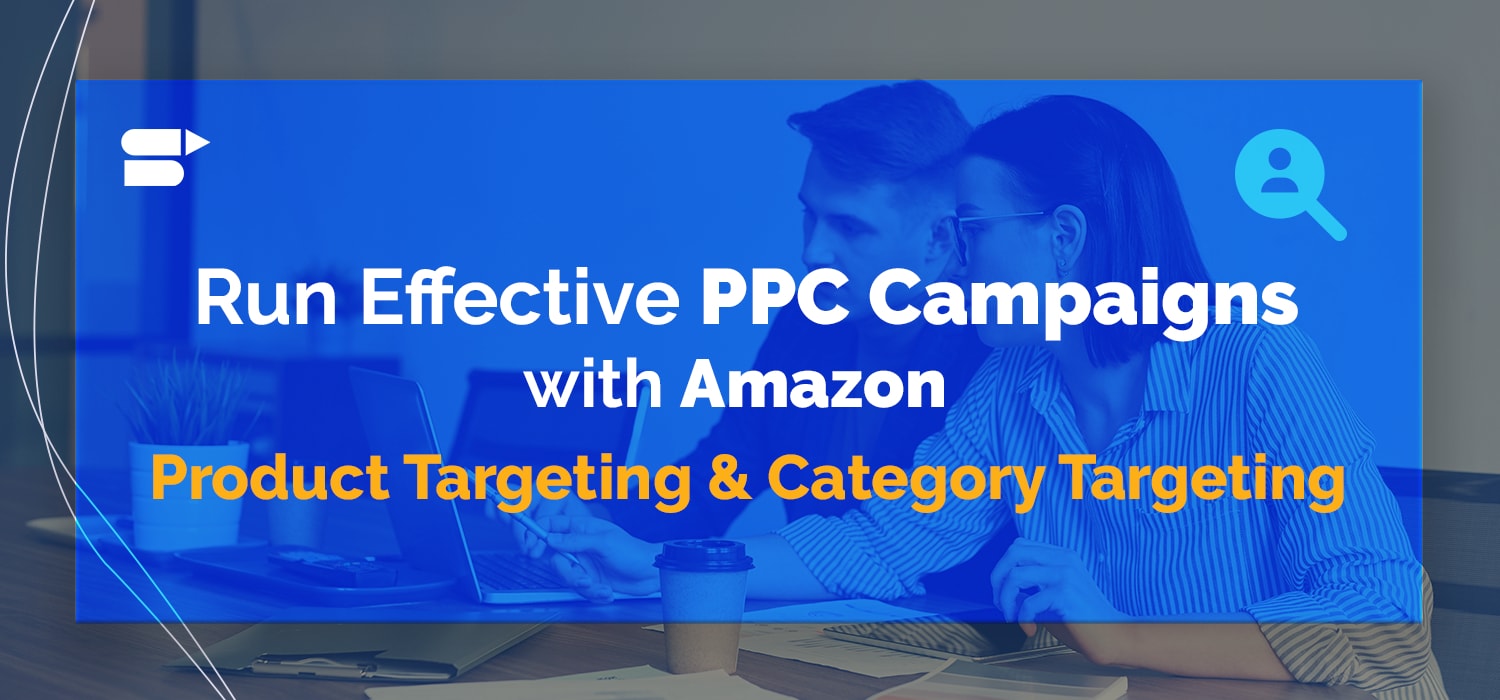
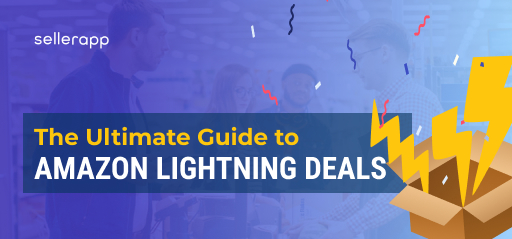
Jaxon
February 25, 2021Hi, thanks for all the info.
Starley
March 15, 2021I love this content, Great SellerApp
Christopher
March 28, 2021Awesome article. Keep writing.
Dave
June 3, 2022Glad you liked it.
Christa
May 4, 2022Very Useful tips to Maximize Amazon Business Profits.
Dave
June 3, 2022Thank you.